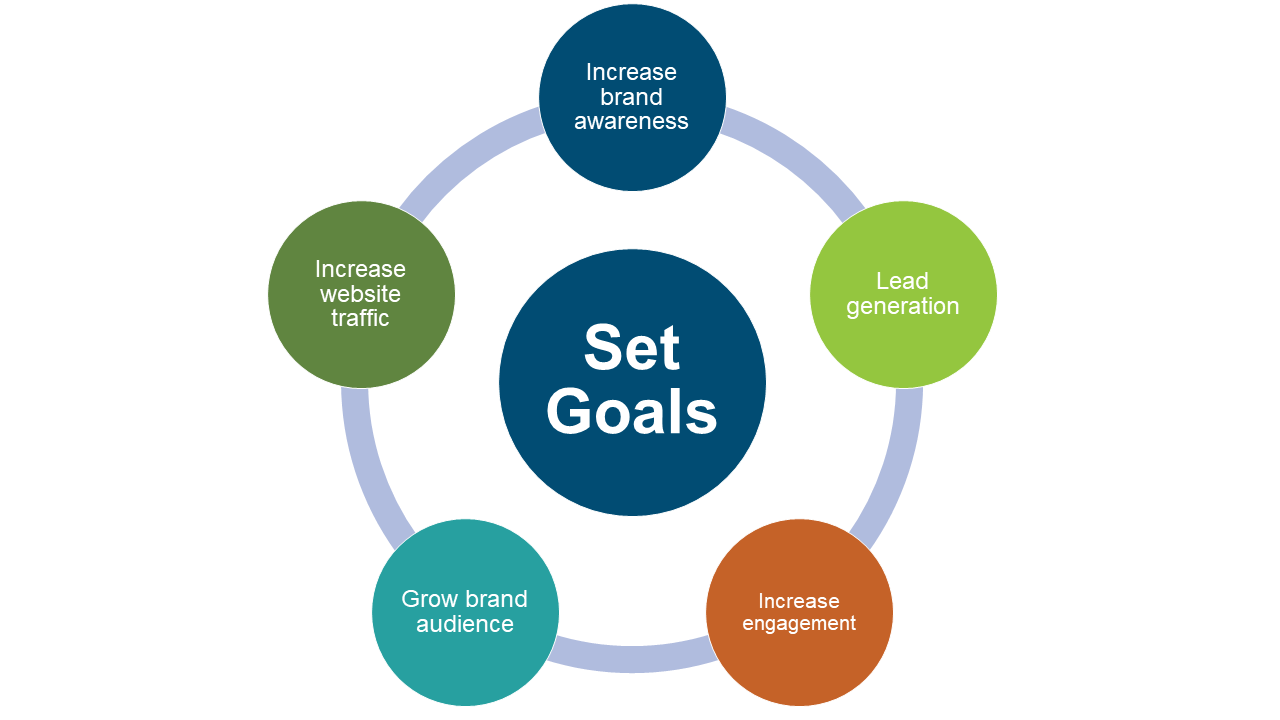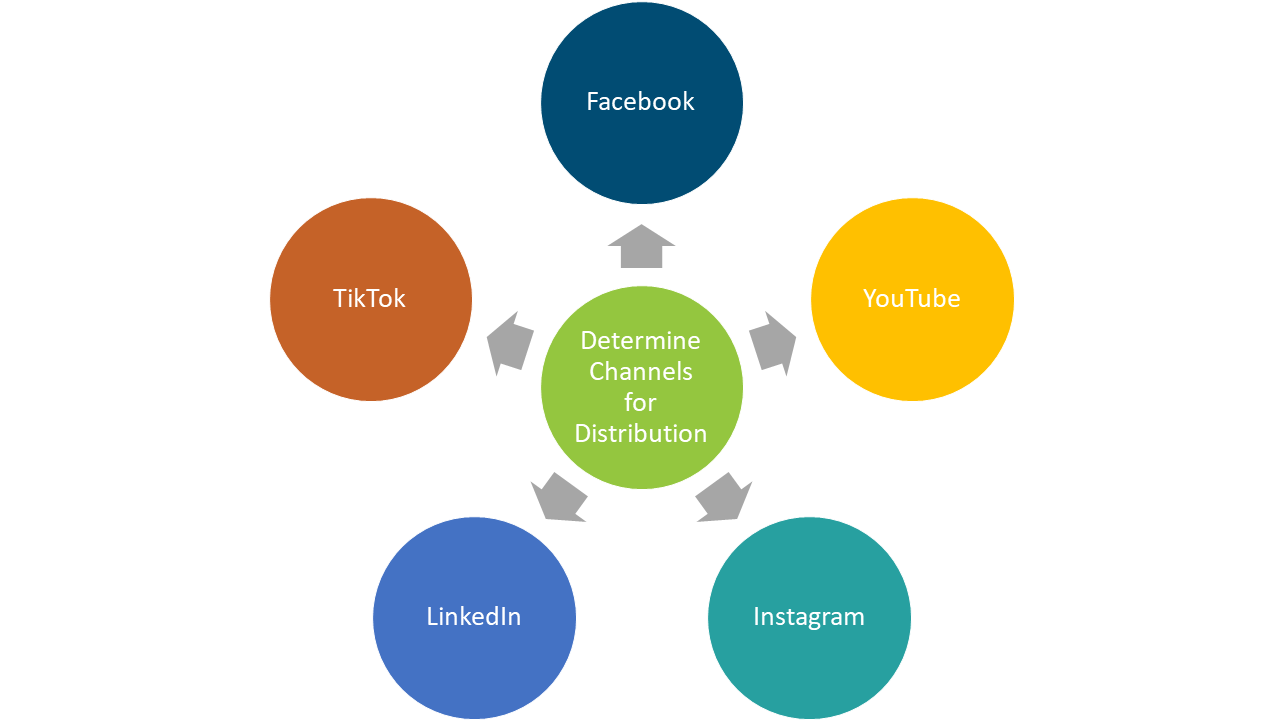Creating a Video Marketing Campaign

Video marketing campaigns are a cost-effective, time-efficient way to engage your target audience. These videos exhibit your brand’s personality while discussing the products or services you offer. With the popularity of TikTok, Reels, and YouTube, videos have become the preferred method of content for consumers.
Here are some benefits of video marketing:
- Builds trust and credibility
- Boosts conversion rates
- Complements email marketing campaign
- Encourages sharing
- Improves return on investment

Effective video marketing campaigns include a strategy to provide focus for your video marketing campaigns.
A strategy helps you:
- Set goals
- Establish a budget
- Define your target audience
- Create a timeline
- Types of videos
- Determine the channels for distribution
- Establish key metrics
- Specify posting and sharing schedule
Effective Video Marketing Campaign strategy:
1. Set Goals
The first step in creating a video marketing campaign is to set your goals. Your strategy should identify specific, strategic, measurable goals that relate to your business performance.
Video can be a great tool for getting the word out about your company or a new product offering. It’s also a great way to increase online engagement which helps build a sense of community.
One of the most effective things about video is that you can achieve multiple things at once. As you become more experienced and grow your strategy, you can start using video to help you achieve multiple goals at once.

2. Establish a Budget
Budgets are necessary when creating a video marketing campaign. While some video campaigns can be produced at little to no cost, some may need a larger budget to cover costs of products, people and production. Depending on your campaign your budgets can vary greatly.
| Less Than $100 | $100-$300 | $300-$500 | $500-$700 | $700+ |
3. Define Your Target Audience
- Age
- Location
- Relationship Status
- Occupation
- Income
4. Create a Timeline
There may be a variety of factors to consider when creating a timeline for your video marketing campaign. Breaking your timeline into stages can help delegate tasks and make sure you meet all deadlines. The five stages include:
- Preparation
- Development
- Pre-production
- Production
- Post-production

5. Types of Videos
- Behind-the-scenes
- Educational
- Entertaining
- Interviews
- Testimonials
Use a mix of direct talking, recorded interviews, live videos, and screencasts for a holistic approach to making videos.
6. Determine Channels for Distribution
The goal of your video, target audience, and the type of video may determine the social media platforms you use to distribute your video. For example, a video showing viewers how to use a product may be better posted to YouTube because the length of the video may be longer. Whereas a short video highlighting a new menu special would be better suited for TikTok.
Each social media platform has unique best practices that should be considered. The platform(s) you decide to use is a vital part of any video marketing campaign strategy.

7. Establish Key Metrics
- View
- Plays
- Shares
- Likes
- Comments
8. Specify Posting & Sharing Schedule
| Day of the week | Time of day | Frequency |
Video marketing tips:
- Lighting, background, and props
- Keep videos 1-2 minutes
- Use the right technologies and equipment
- Always include subtitles and transcripts for accessibility
- Use platforms that are mobile responsive
- Optimize for SEO with an compelling title and description
- Add thumbnail images or graphics
- Add a specific call-to-action
*Remember old videos can still be watched!
Testing
Testing improves the quality, conceptualization, and overall production of your video marketing campaigns. When performing A/B testing be sure to wait at least one (1) week before making changes and select only one variable at a time. Testing should consider the following:
- Video quality
- Speaking or graphic clarity
- Coherent and cohesive messaging
- Loading speed

Video marketing campaigns can serve as evergreen content and help to position you as an industry authority. It’s important to create videos that are relevant to your audience and are the best quality. To learn more about video design and digital marketing, set up a time to speak with a Student Advisor and discover how to enhance your skills.
